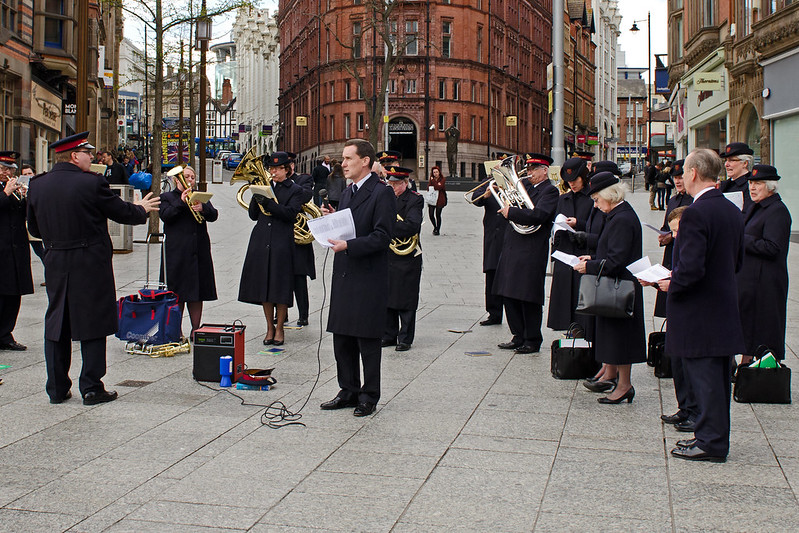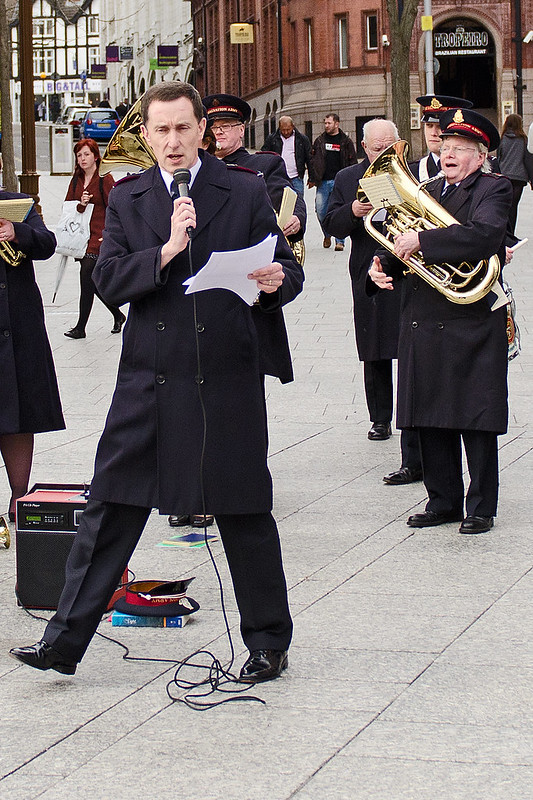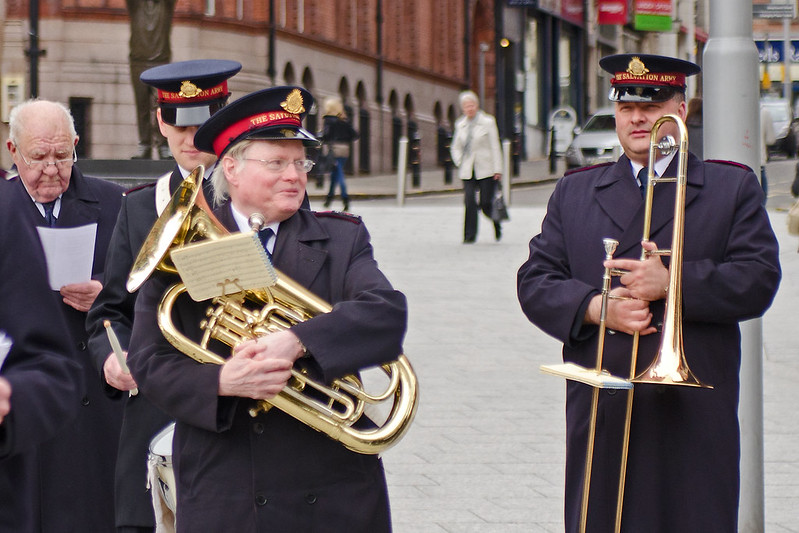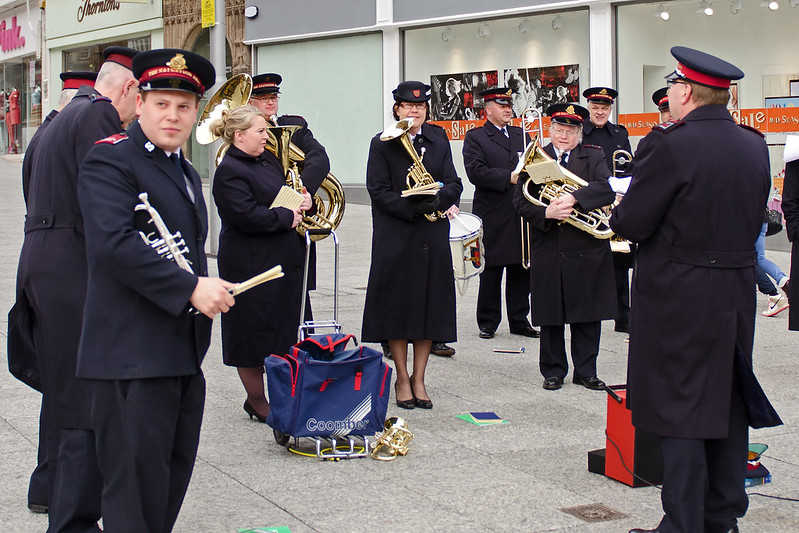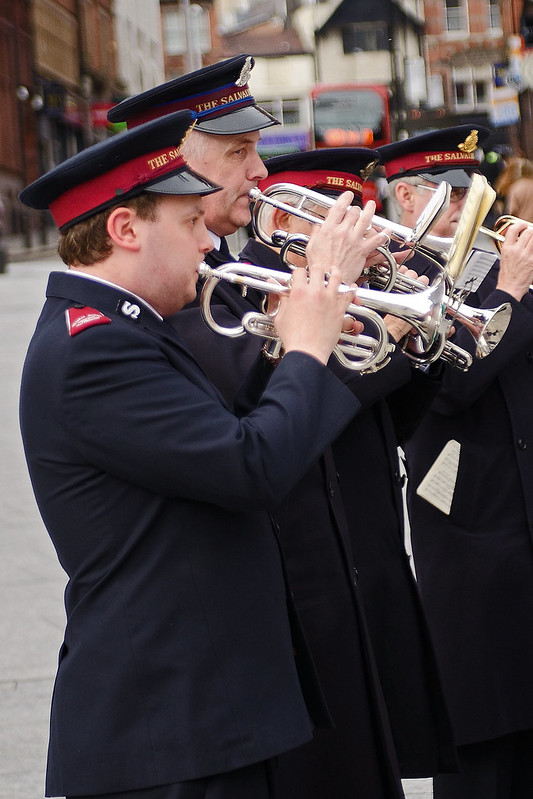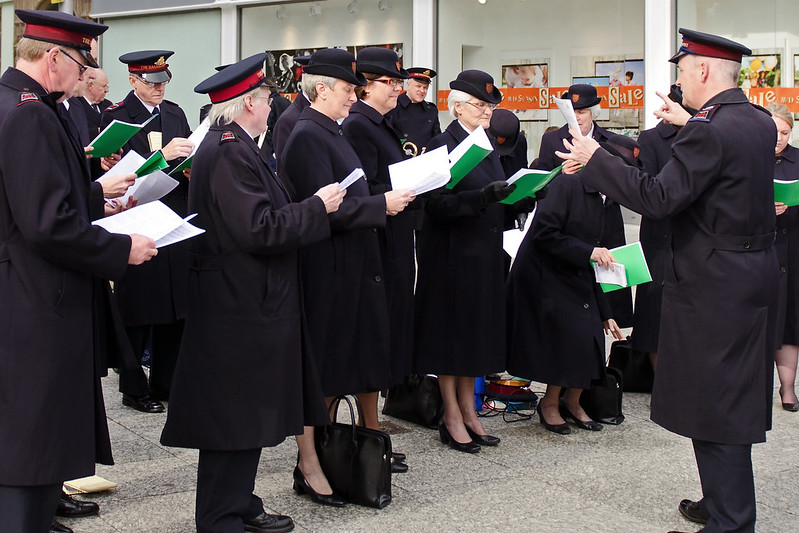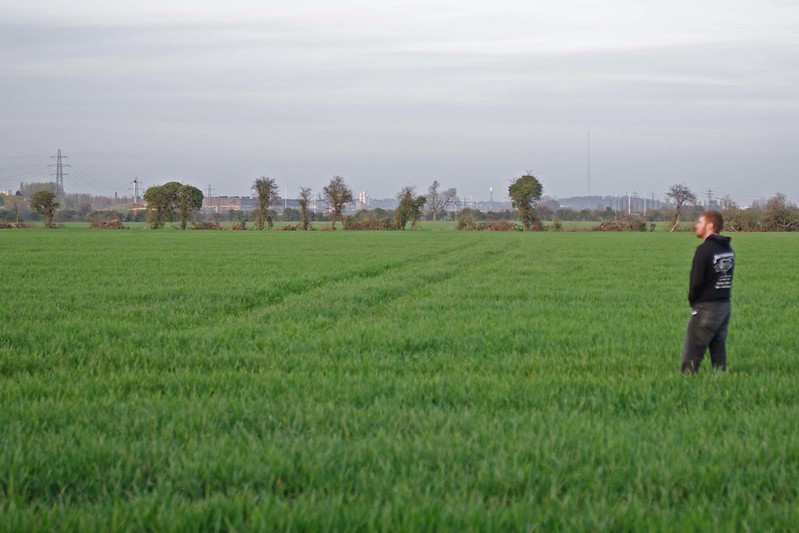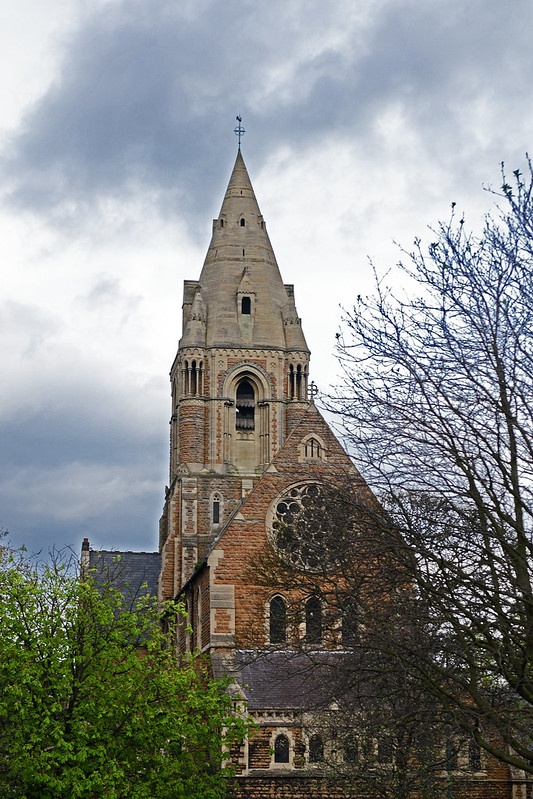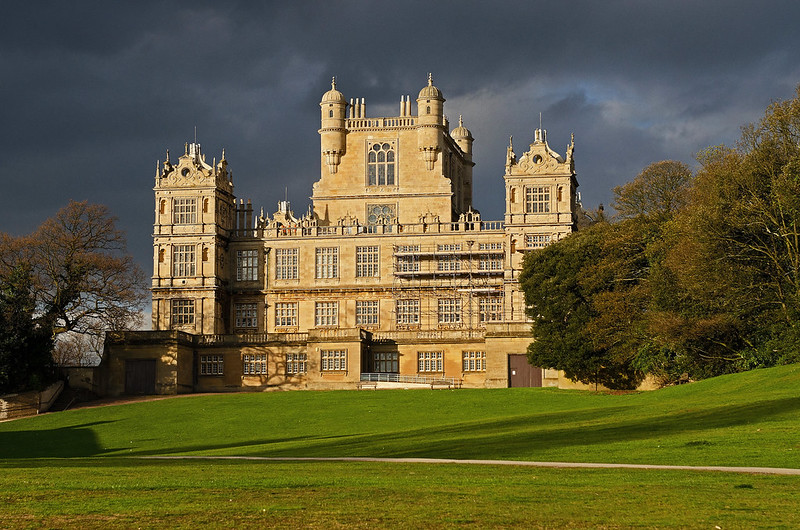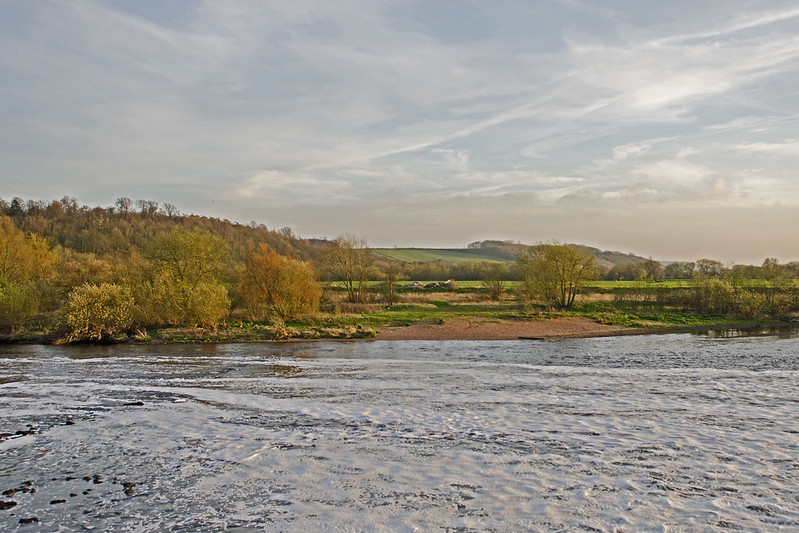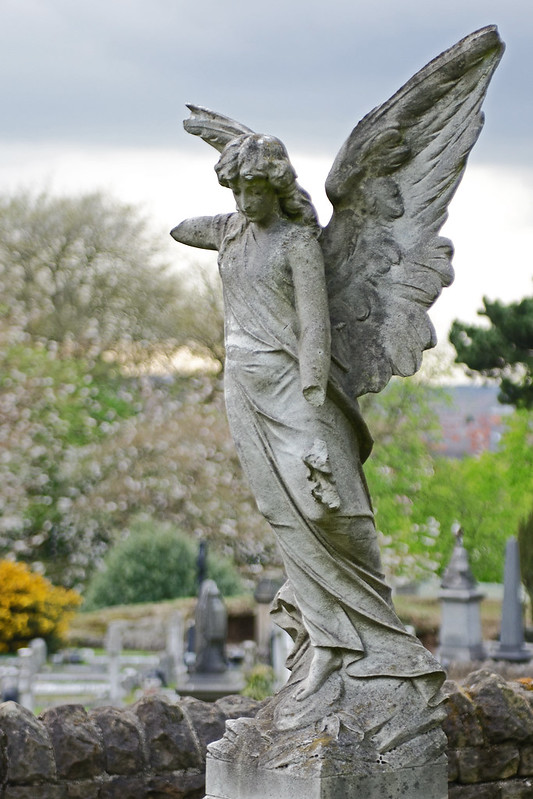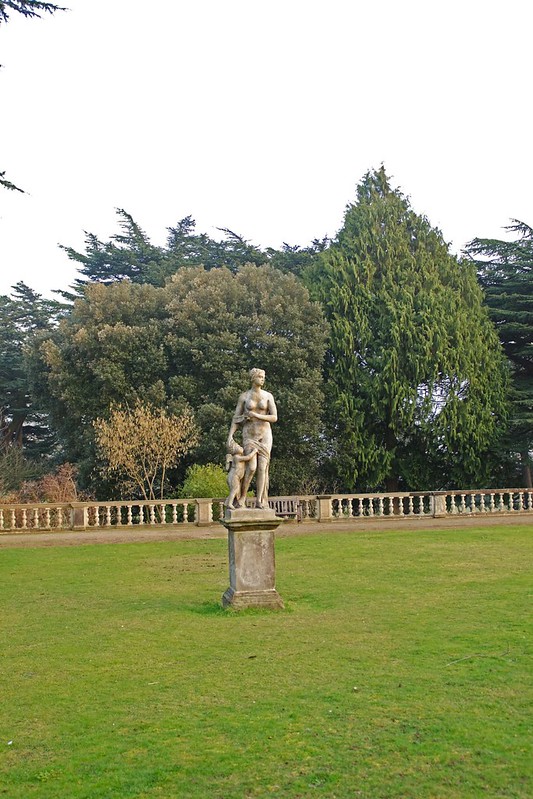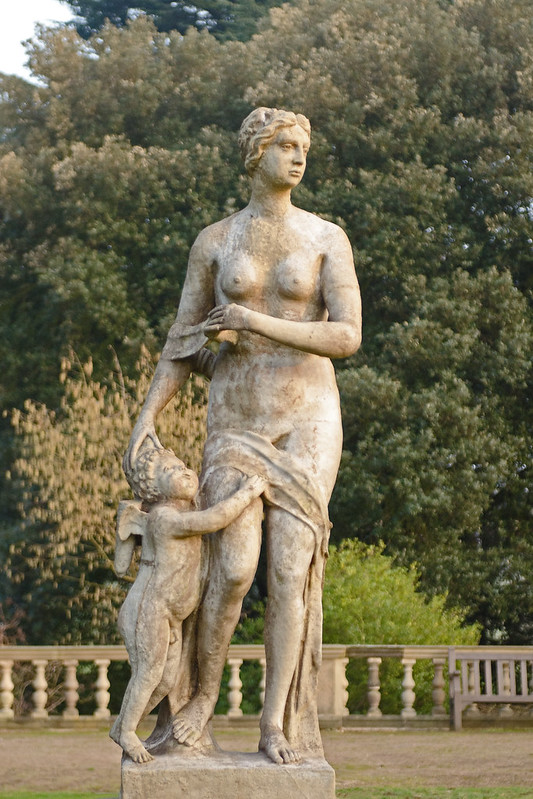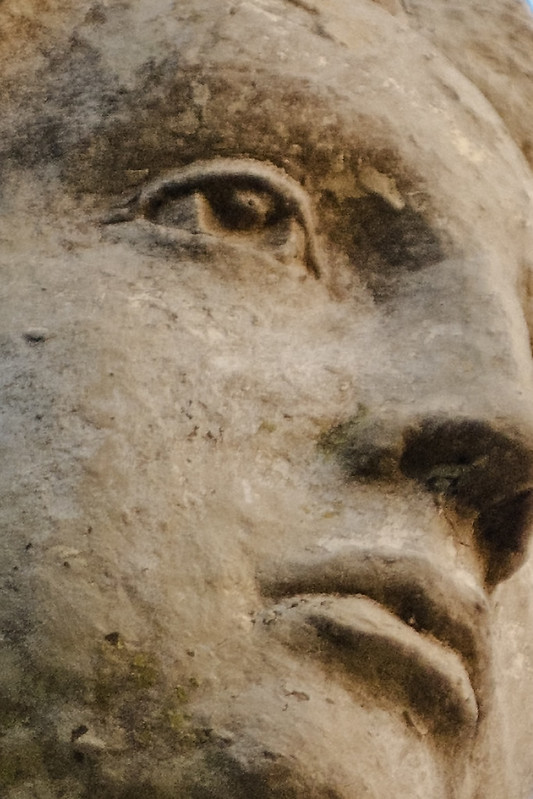The aim of this exercise was to produce a sequence of compositions, capturing an event as it happens leading up to the final, best image.
I found this exercise very interesting and extremely useful as it forced me out of my comfort zone. I have never really taken any shots of people, let alone of strangers and especially in public! It was a great learning curve, which helped to build my confidence in taking shots out and about in the street.
For my subject, I had initially ventured into Nottingham city centre with the intention of capturing some of the events covering St. Georges Day at the castle, however, due to my poor planning I had arrived too late and everything had already finished. While wandering around the city centre, I could not mistake the sound of a brass band playing music, following the music, I found my subject - The William Booth Memorial Hall brass band, a part of the Salvation Army, who hold public services every sunday in the city centre.
I stayed for the whole service, taking photos following the event as it unfurled before me;
This is the initial shot, as I first found the source of the music. Here you can see they are playing mid song, shortly after arriving and setting up. From here, I decided to start trying to get shots of individuals in the band, to give a sort of introduction into the different faces and different people;
By this point I had moved over towards the left hand side of the band, as it was the clearest spot for me to stand without getting other spectators standing in the way, or being so close as to disturb the band during the service.

